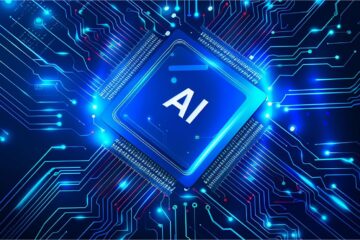Machine learning is a subset of artificial intelligence (AI) that enables systems to learn and make decisions based on data. Unlike traditional programming, where explicit instructions are given, machine learning algorithms identify patterns and make predictions or decisions with minimal human intervention. Here, we will explore the fundamental concepts of machine learning.
1. What is Machine Learning?
Machine learning involves training algorithms to recognize patterns in data and make predictions or decisions based on that data. It is widely used in various fields, including finance, healthcare, marketing, and autonomous systems.
2. Types of Machine Learning
There are three primary types of machine learning:
1. Supervised Learning:
o Definition: The algorithm is trained on labeled data, meaning the input data is paired with the correct output.
o Examples: Regression, classification.
o Use Cases: Predicting house prices, spam detection.
2. Unsupervised Learning:
o Definition: The algorithm is trained on unlabeled data and must find patterns or structure in the input data.
o Examples: Clustering, association.
o Use Cases: Market segmentation, recommendation systems.
3. Reinforcement Learning:
o Definition: The algorithm learns by interacting with an environment, receiving rewards or penalties based on actions taken.
o Examples: Q-learning, deep Q-networks.
o Use Cases: Game playing, robotic control.
3. Key Concepts in Machine Learning
Data: The foundation of machine learning. High-quality, relevant data is crucial for training effective models.
Features: Individual measurable properties or characteristics of the data used for making predictions.
Model: The mathematical representation of the learning algorithm trained on data.
Training: The process of teaching a model to make predictions by feeding it data.
Testing: Evaluating the performance of a model using a separate dataset not seen during training.
Overfitting: When a model learns the training data too well, including noise, resulting in poor performance on new data.
Underfitting: When a model is too simple to capture the underlying patterns in the data, leading to poor performance.
4. Popular Machine Learning Algorithms
· Linear Regression: Used for predicting a continuous outcome based on one or more input features.
· Logistic Regression: Used for binary classification problems.
· Decision Trees: A tree-like model used for classification and regression tasks.
· Support Vector Machines (SVM): A classification method that finds the best boundary between different classes.
· K-Nearest Neighbors (KNN): A simple, instance-based learning algorithm used for classification and regression.
· Neural Networks: A set of algorithms modeled after the human brain, used for complex tasks like image and speech recognition.
5. Applications of Machine Learning
· Healthcare: Predicting disease outbreaks, personalizing treatment plans.
· Finance: Fraud detection, algorithmic trading.
· Marketing: Customer segmentation, sentiment analysis.
· Transportation: Autonomous driving, traffic prediction.
· Entertainment: Content recommendation, personalized playlists.
6. Getting Started with Machine Learning
To start with machine learning, consider the following steps:
1. Learn the Basics: Understand fundamental concepts and types of machine learning.
2. Acquire Skills: Gain proficiency in programming languages like Python or R, and familiarize yourself with libraries such as TensorFlow, PyTorch, and Scikit-Learn.
3. Practice: Work on real-world datasets and projects to apply your knowledge.
4. Stay Updated: Keep up with the latest research and advancements in the field.
Machine learning is a rapidly evolving field with immense potential. By understanding its basics, you can start exploring its applications and contribute to its advancement.


